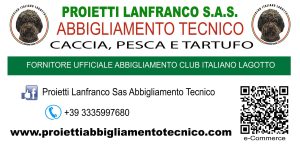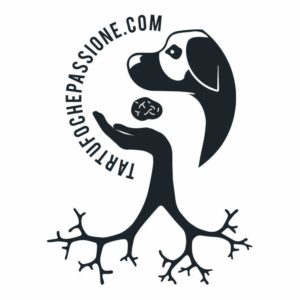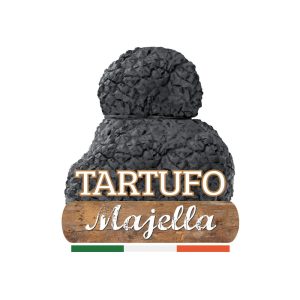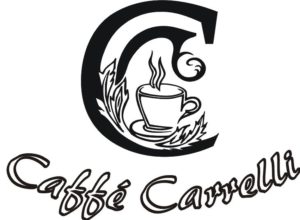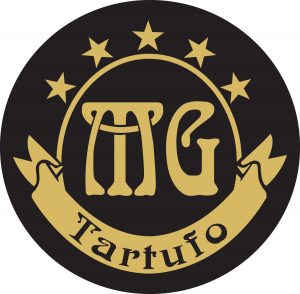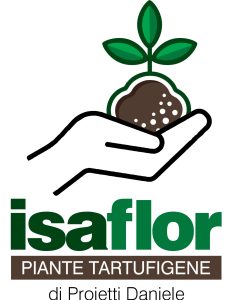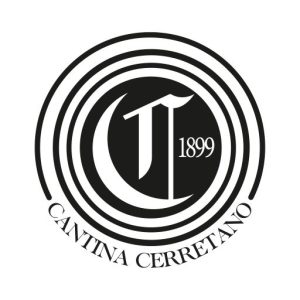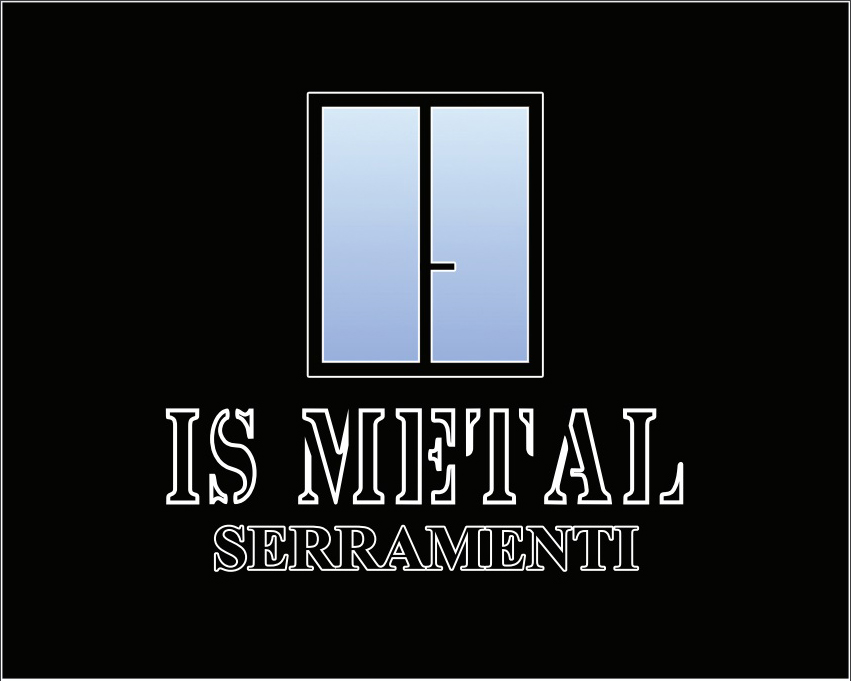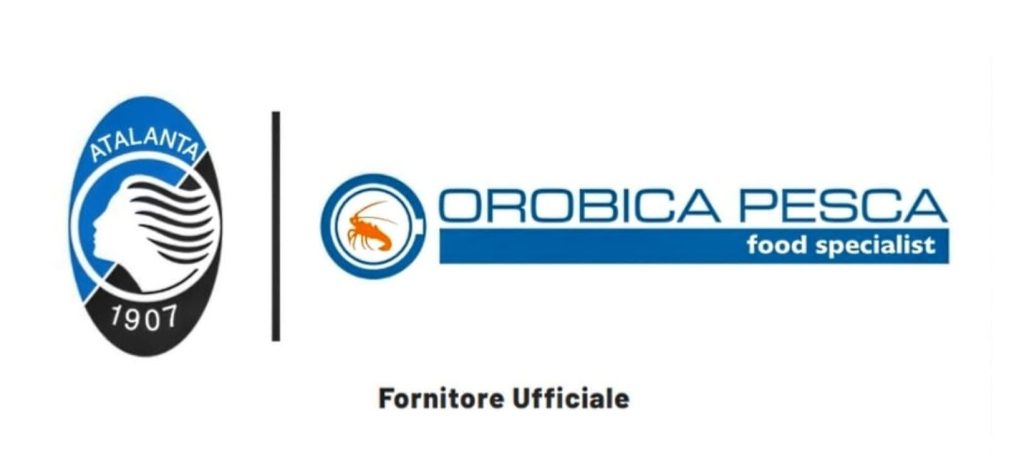Sul colore del Lagotto – aggiornamento standard
Note sul colore del Lagotto Romagnolo ed aggiornamento dello Standard
– di Gilberto Grandi –
Alcuni appassionati del Lagotto residenti nei paesi nordici ci hanno chiesto chiarimenti a proposito del colore marrone focato, non contemplato nello standard ed apparso in alcuni cuccioli.
Una indagine svolta nel nostro paese fra chi si occupa della razza da molti anni ha confermato la saltuaria presenza, da sempre, di cuccioli con focature di colore variabile dal bianco sporco al rosso carico.
Negli ultimi mesi ho personalmente cercato di vedere e seguire quanti più cuccioli che presentano quella colorazione mi è stato possibile. Ho anche visto qualche adulto bianco/marrone sul quale le focature non sono più visibili (anche se rasati), ma che le presentano ben evidenti nelle foto che li ritraggono all’età di due mesi. Esse stanno già scomparendo anche nei primi cuccioli – ormai cuccioloni – da me visti. Tutti, fra l’altro, bene in tipo.
E’ logico che le focature, diluendosi con l’età, nei cani a mantello pezzato sono ancora meno evidenti, non essendo visibili quelle sul patto e sulle zampe, zone abitualmente bianche.
All’inizio il numero di Lagotti pezzati o bianchi era nettamente superiore rispetto a quelli con mantello marrone. Ancora oggi i primi sono in numero maggiore ma la percentuale di quelli a manto marrone è aumentata: Questo sia per l’invito ad utilizzarli rivolto dal nostro Club agli allevatori, allo scopo di migliorare il pigmento nei soggetti a mantello chiaro, sia, ovviamente, per il grande incremento nel numero di cuccioli prodotti. E’ così aumentata l’incidenza delle focature e la possibilità di averle sui mantelli scuri, nei quali sono molto più visibili.
Esaminando le foto delle centinaia di Lagotti che dieci anni fa vennero iscritti al Libro Aperto, è evidente la presenza di cuccioli e cuccioloni pezzati e focati ma vi è un solo marrone con focature (color panna). Il suo colore fu definito “marrone e bianco”.
Data la diffusione delle focature nelle diverse linee ed il numero comunque limitato di soggetti che le presentano, è infine evidente che il gene responsabile della focatura è recessivo.
In base a tutte queste considerazioni, il Club Italiano Lagotto ha deciso di richiedere all’E.N.C.I. ed alla F.C.I. l’aggiornamento dello Standard di razza, per quanto riguarda il colore, come segue (le variazioni sono in corsivo e riguardano anche i mantelli unicolori con bianco, una modifica che il Club da tempo voleva fare):
“Bianco sporco unicolore, bianco a macchie marroni o arancio, roano marrone, marrone (nelle diverse tonalità) con o senza bianco, arancio con o senza bianco. In alcuni soggetti è presente la maschera marrone o testa di moro. Ammesse le focature nelle diverse tonalità.”
A note about Lagotto’s colour and Standard changing
Some lagotto’s enthusiasts from the Nordic countries asked us information about some brown and tan puppies they got, as that colour is not included in the breed standard.
We enquired about that matter with those people whom, in our country, have been involved with the breed for a long time. They confirmed that puppies with tan markings (from light to reach tan) occasionally occur in the litter since ever.
In the last months I tried to see as many tan marked puppies as possible. I also some white-brown adults in which you can not see that colour (also when shaved), but that show tan markings on the pictures taken when they were two months old. In the first white-brown puppies I saw, now a few months older, it is already much more difficult to recognise them.
All the tan marked Lagottos I have seen were of very good type.
In the particolours, of course, tan markings (that dilute with age) are less evident, as we can not see the markings on the fore-chest and on the legs, usually white areas.
At the beginning, particolors and solid whites where the large majority. Even today they still are the majority, but solid browns have improved in number. This happened both because our Club invited the breeders to use coloured ones to try to improve pigment in the light coloured, and because many more puppies are yearly bred. In that way it happened that tan marked puppies have improved in number and it has become easier to see those markings on the darker coats.
Looking to the pictures (some hundreds) of the Lagottos that ten years ago were registred il their provisional KC Stud book called “Libro Aperto”, there were several particolours puppies and youngsters showing tan markings and only one solid brown (with pale cream markings). It was registered as brown and white.
Being tan markings found in the different lines, but always in small numbers, the gene responsible for that colour is of course recessive.
After all that, our Club decided to ask to the Italian KC (ENCI) and to the FCI to change the standard about colours as it follows (changing are italicised and they also are about solid colours with white, something our Club wanted to do since a long time):
“Off-white solid colour, white with brown or orange markings, brown roan, brown (in different shades) with or without white, orange with or without white. Some dogs have a brown or dark brown mask. Tan markings (in different shades) allowed”.


